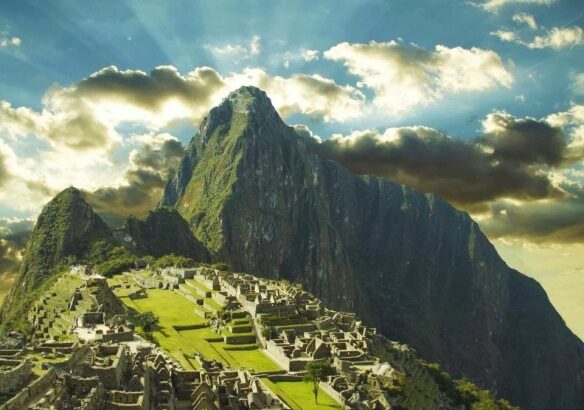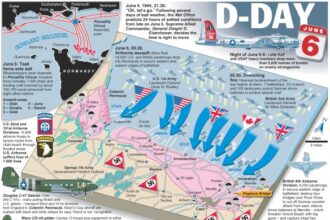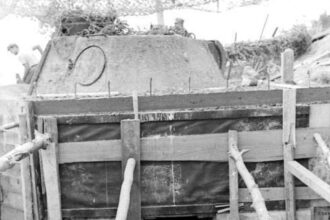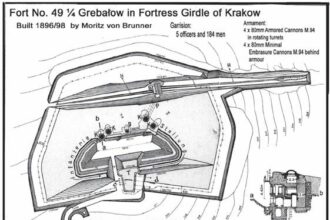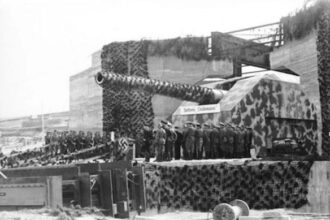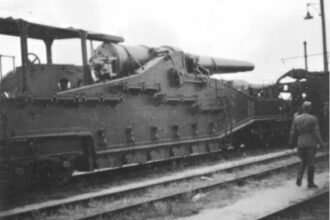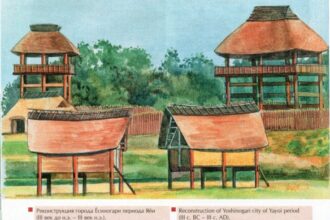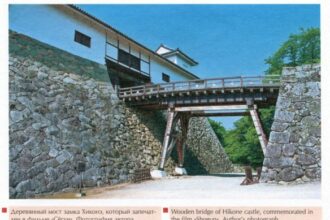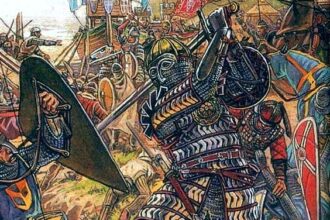Newsletter
Get the latest from Weapons and Warfare right to your inbox.
Follow Us
Explore
Fortification
INCA FORTIFICATIONS
The Inca Empire (Quechua: Tawantinsuyu) was the largest of the pre-Columbian empires in the Americas. Its administrative, political and military center was located in Cusco, Peru. The Incas used a form of fortification that had been perfected thousands of years earlier in the Andes: hillforts with concentric walls and narrow entrances, strategically located on passes and natural routes of travel.…
Most Recent
Fortifications of Austria-Hungary during the WWI
A 305mm Skoda Emma howitzer. To secure their Balkan territories, the Austrians built a variety of fortifications in the area. Some of the most unusual forts were part of the fortress defences of the ports of Pola and Cattaro where the construction programme began in the 1880s. Pola was encircled…
The Atlantic Wall
Example of coastal defences (348 Inf. Div.), as at 1 May 1944 “Enemy forces that have succeeded in landing must be destroyed or thrown into the sea by immediate counterattacks.” Führer Directive No. 40, March 23, 1942. The completion of each static element in the German defence system naturally worked…
Operation Northern Lights (Nordlicht)
Amongst the siege guns Manstein would bring were French railway guns similar to the one seen here, a 240mm piece. The siege batteries were under the command of HArKo (Higher Artillery Command) 303. They were to have been deployed to neutralize the artillery on Kronstadt Island naval base which supported…
Japanese Fortifications and strongholds I
Fortunately for the economic survival of Japan, in subsequent decades defensive strategies, particularly in large-scale campaigns, began to center on entrenchments and fortifications, rather than on evasion and refusal of battle. Whether bushi perceived a problem and responded directly to it, or simply stumbled onto a solution for other reasons,…
Japanese Fortifications and strongholds II
Ditches and moats, another tool borrowed from horse and cattle breeders, offered twelfth-century military architects a more durable curtaining wall for their field fortifications. Because they were intended to halt or hinder the advance of mounted troops, rather than keep hordes of attacking infantry at bay, such ditches needed to…
Orderly Knighthood
“What is the function of orderly knighthood?” wrote the twelfth-century English philosopher John of Salisbury. “To protect the Church, to fight against treachery, to reverence the priesthood, to fend off injustice from the poor, to make peace in your own province, to shed blood for your brethren, and if needs…
Most Popular
Flak towers: then and now
The construction of Flaktürme (Flak towers) in major cities began in response to the first…
Features of an Atlantic Wall Bunker
Features of an Atlantic Wall Bunker The bunker was primarily an instrument of defence. For…
Japanese Siege Weapons
Early Fortifications Although fortifications were constructed in Japan prior to the feudal period, frequent conflicts…
Atlantic Wall: Bunkers and Organization for Defence
Regelbau M162a fire-control bunker for gun battery at Frederikshavn, Denmark, in the summer of 1945.…
